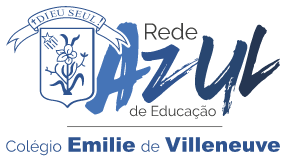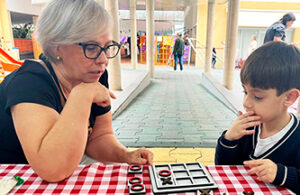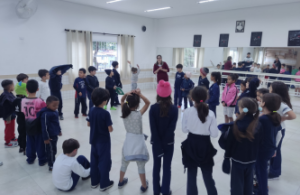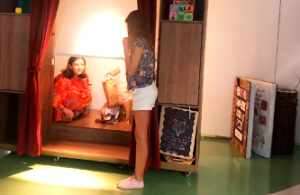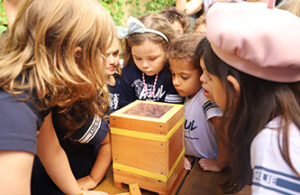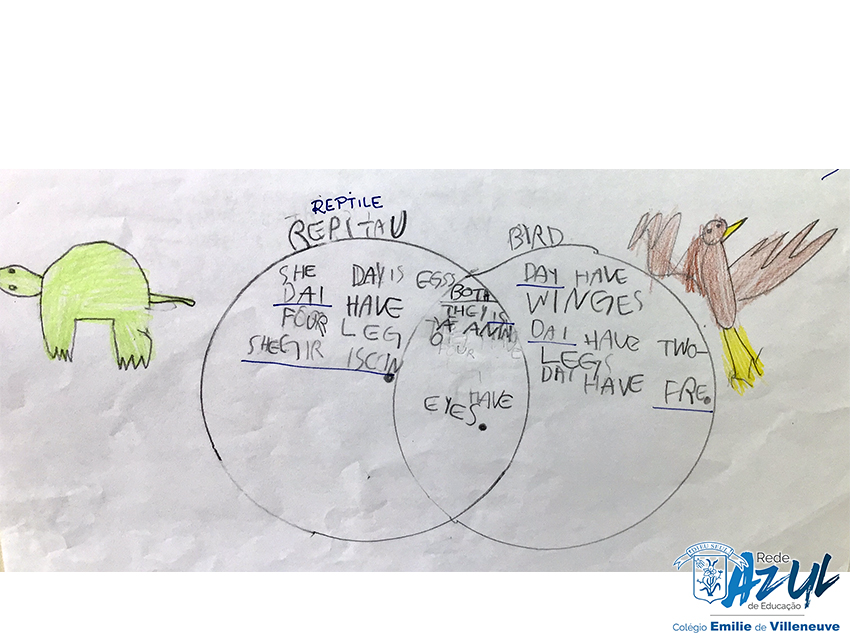

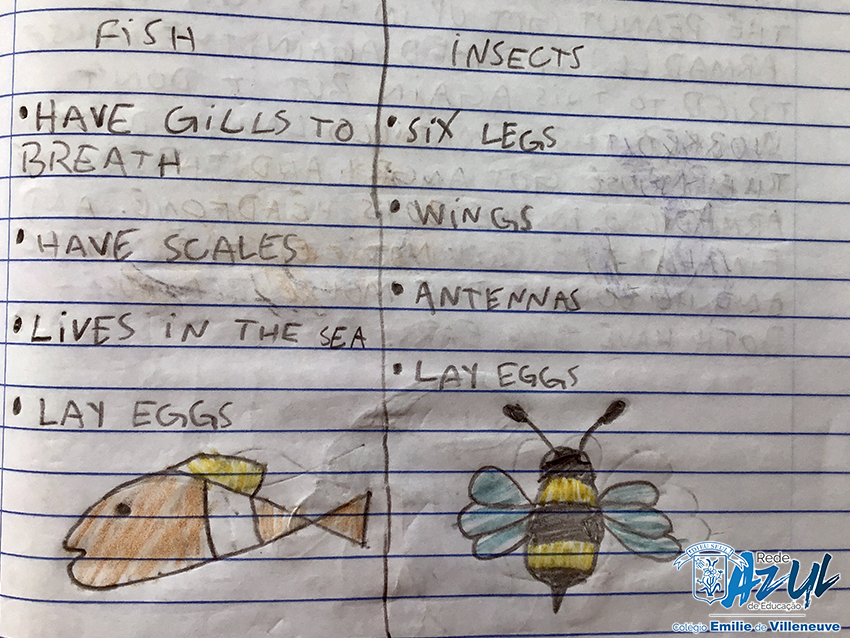

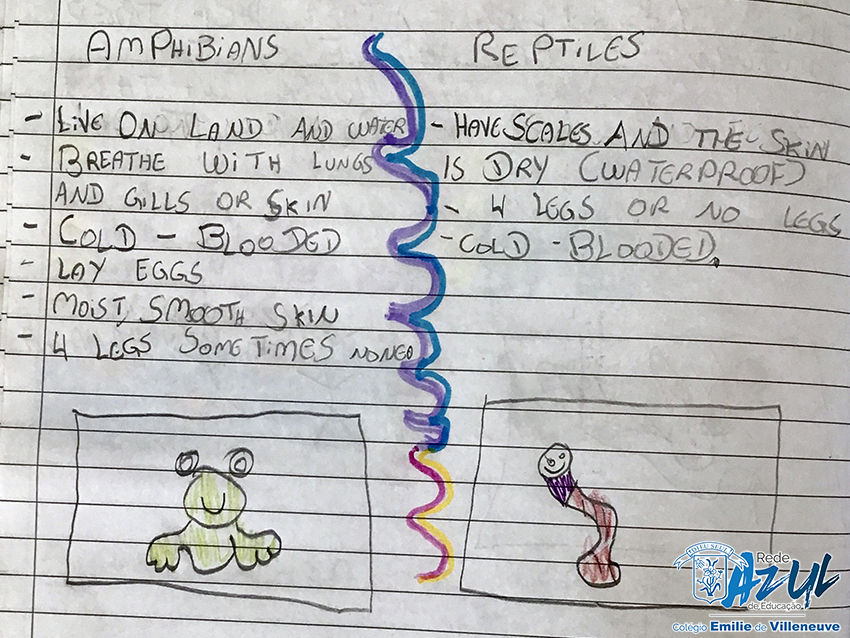

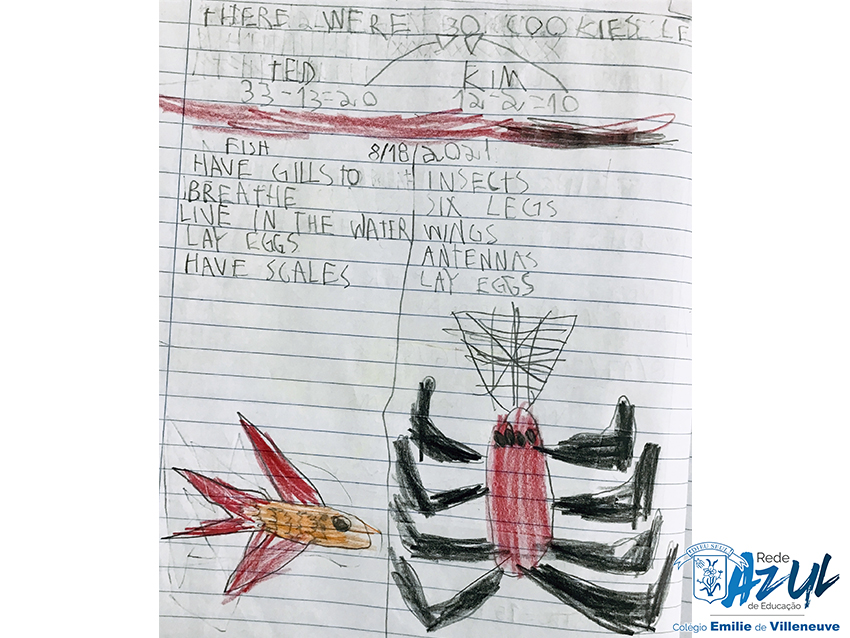

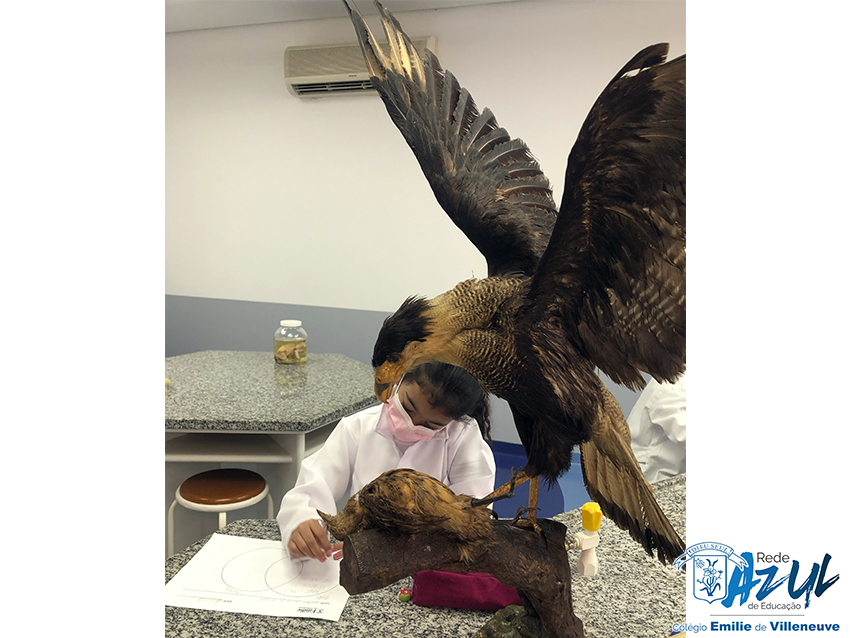

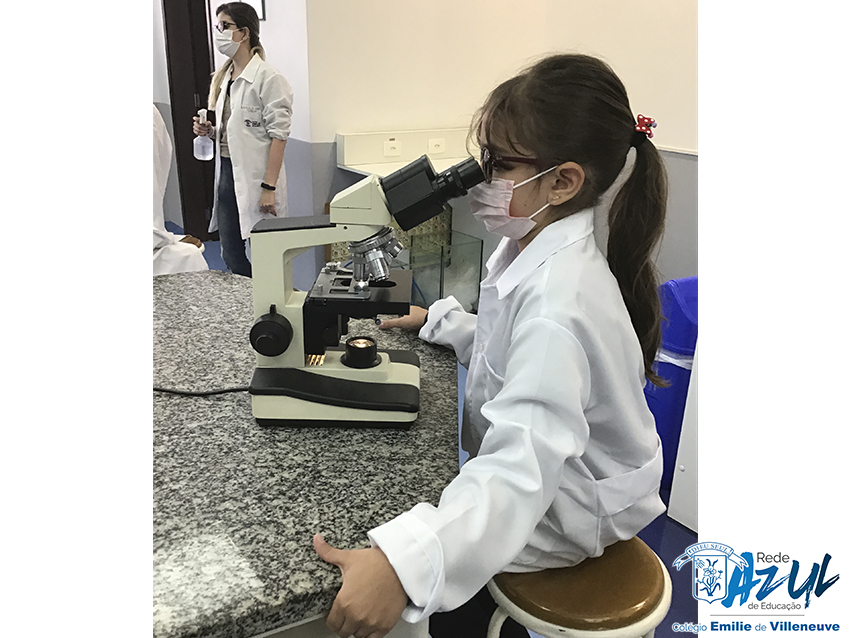

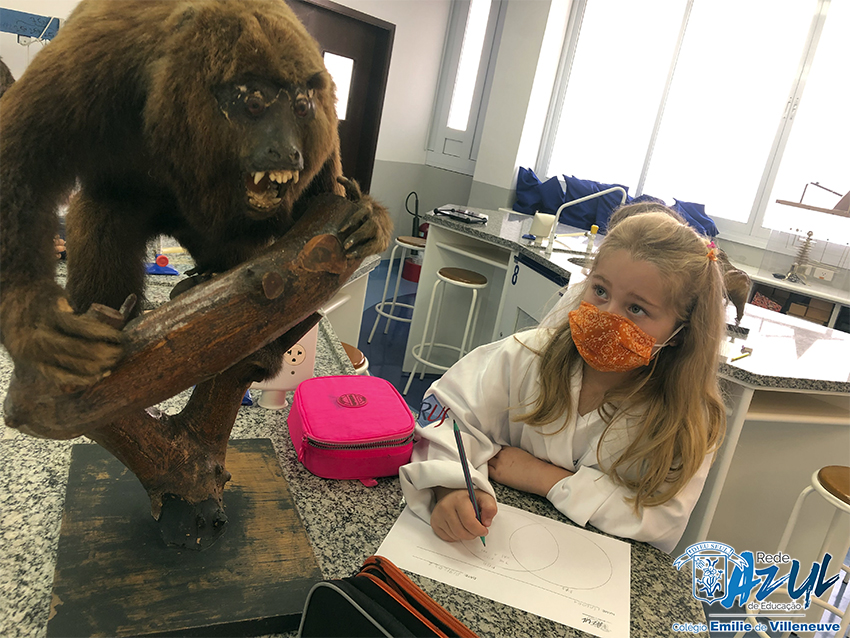

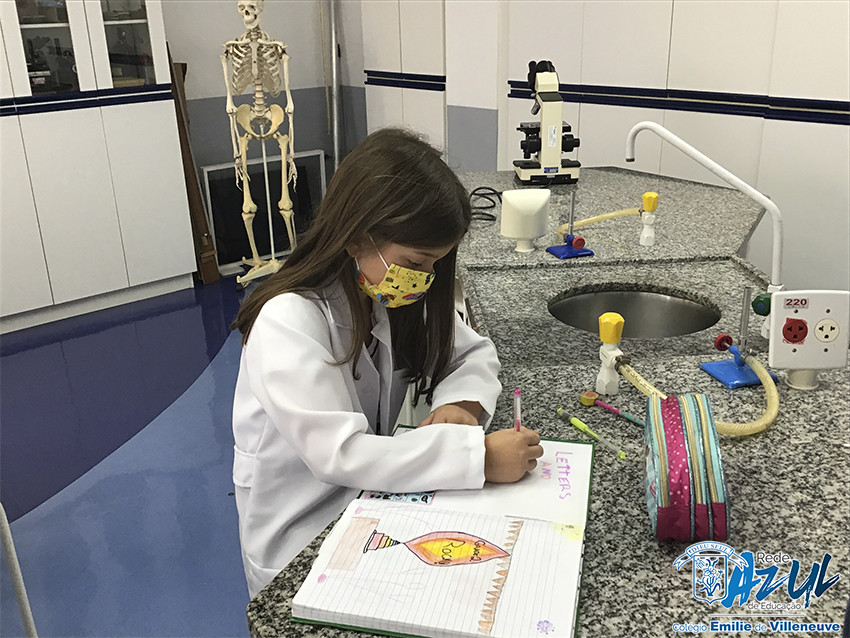

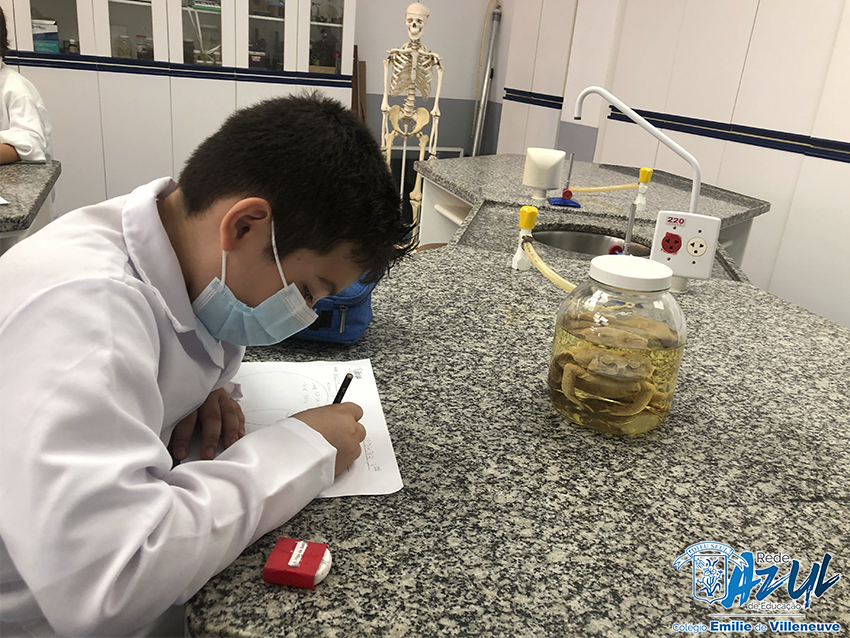

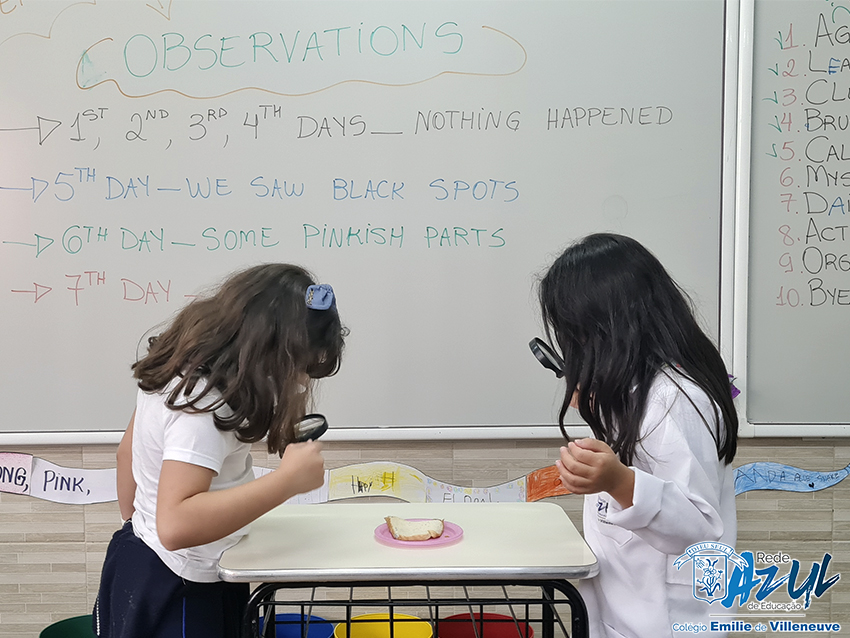

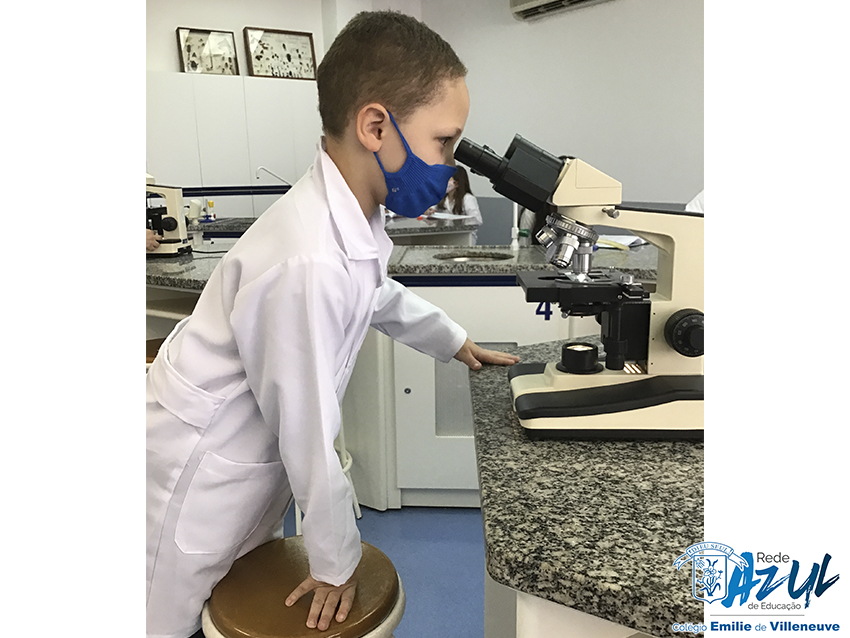

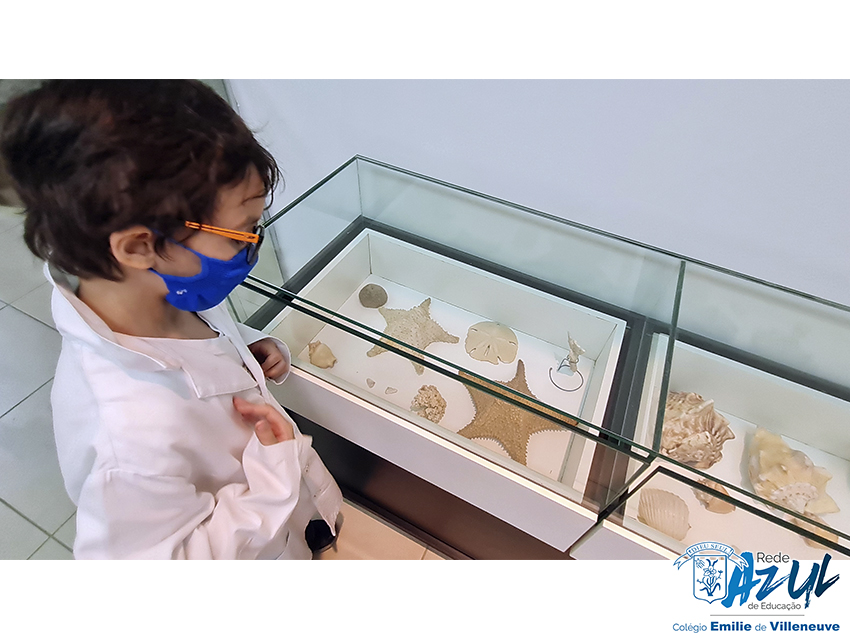

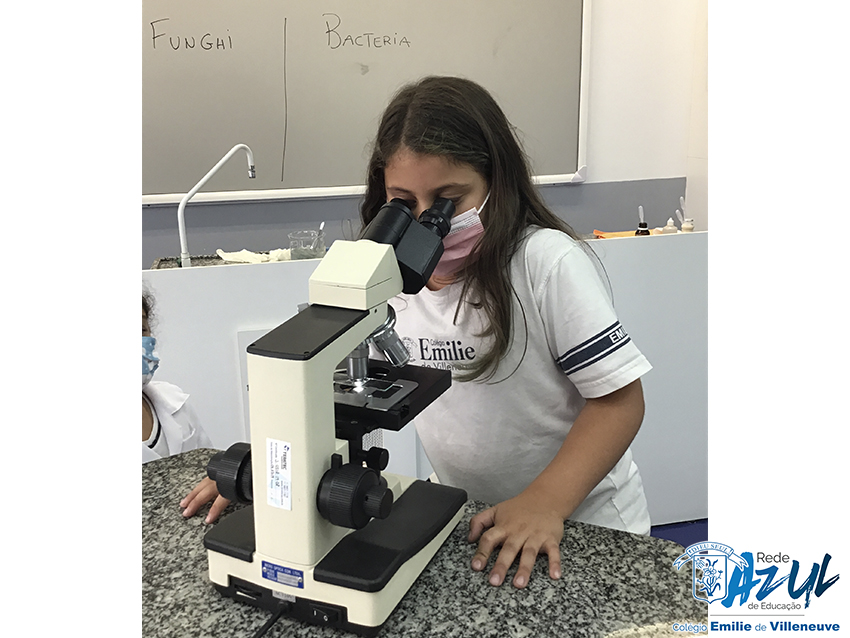

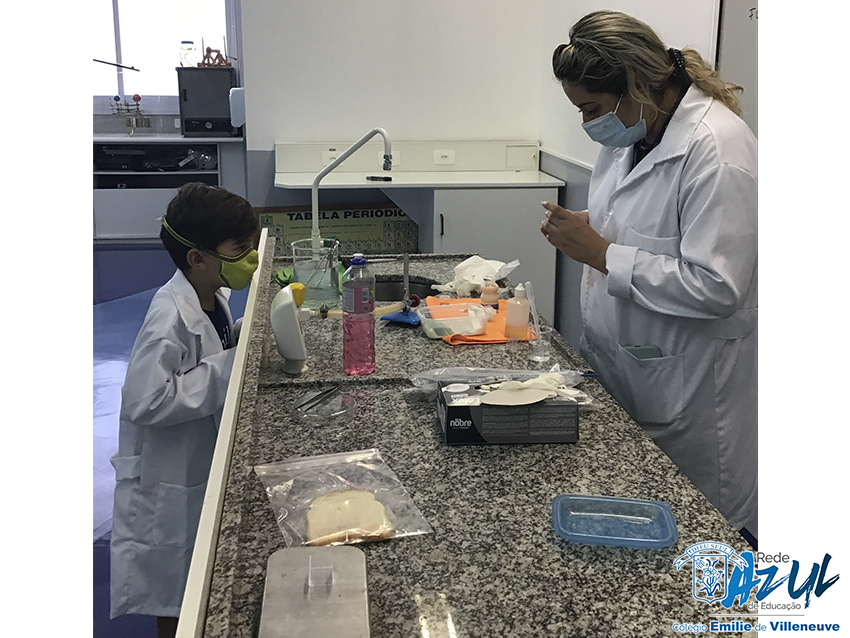

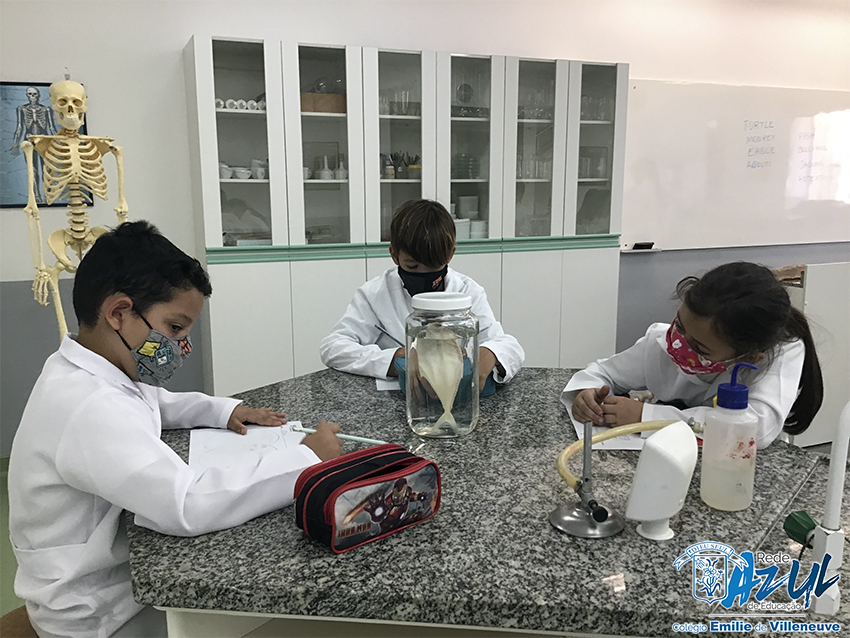

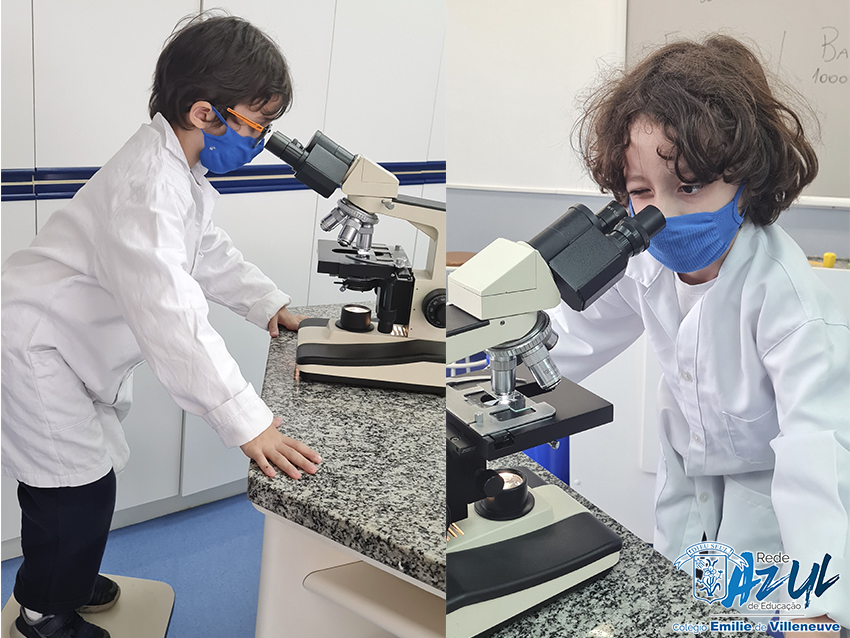

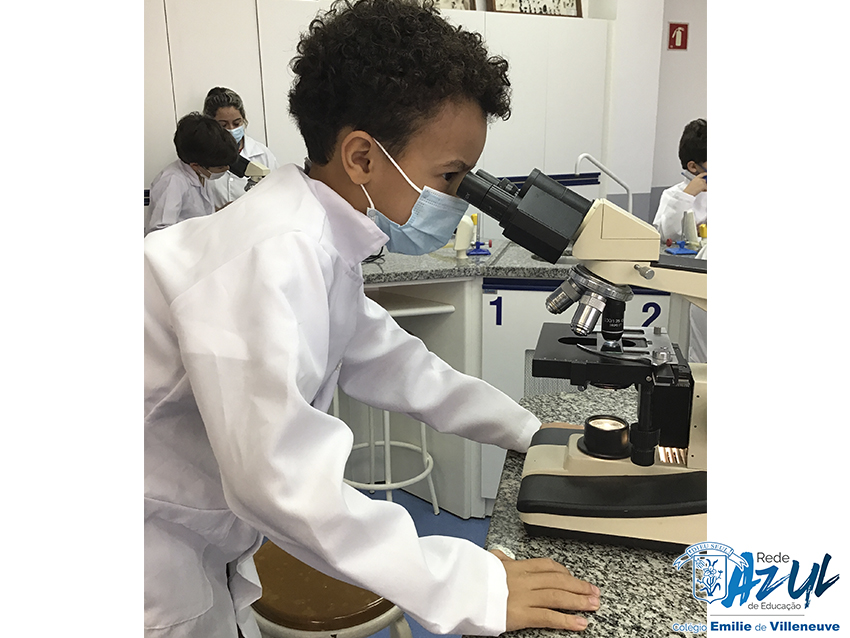

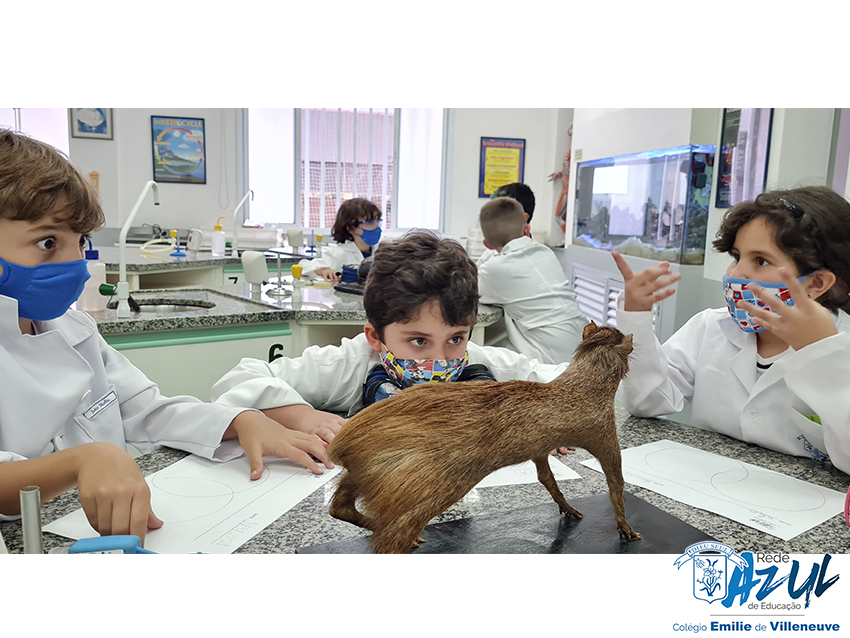

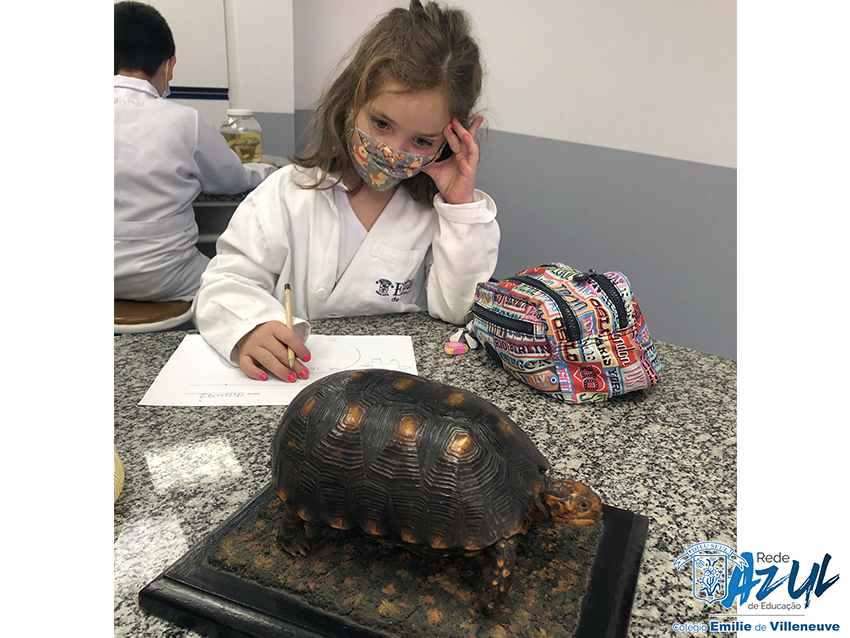

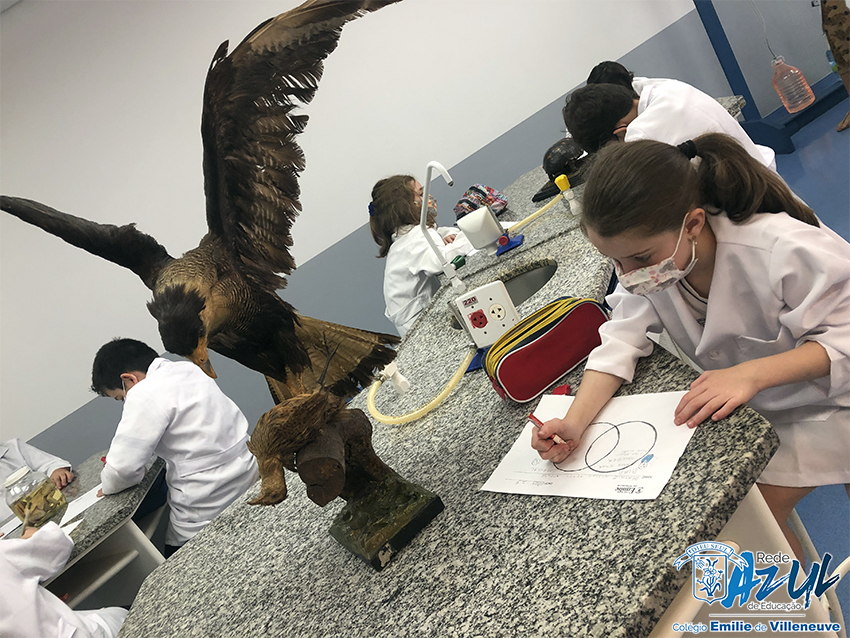

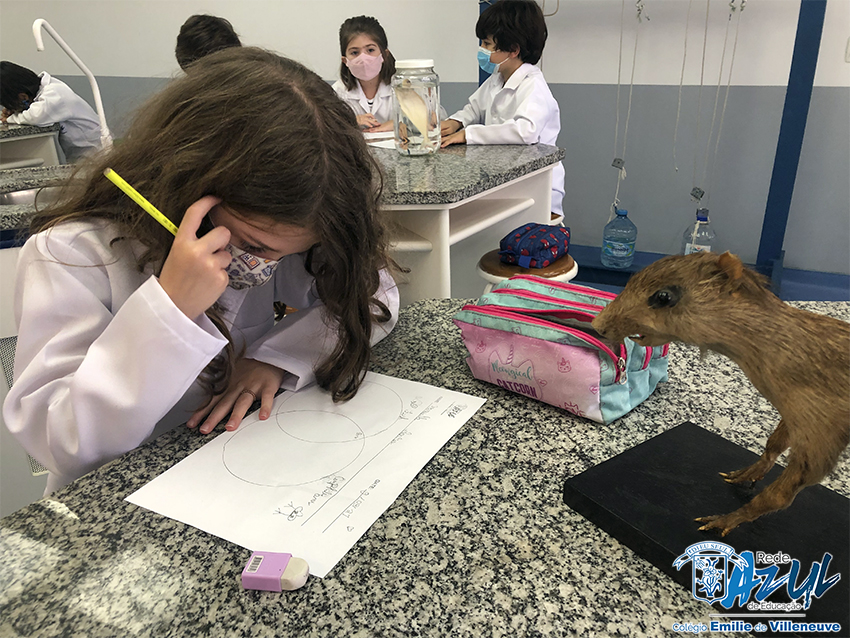

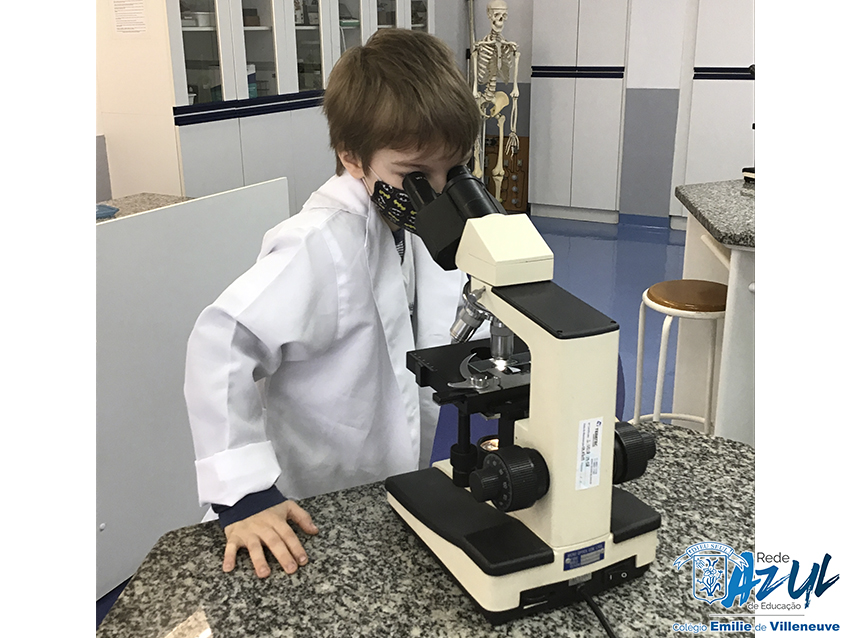

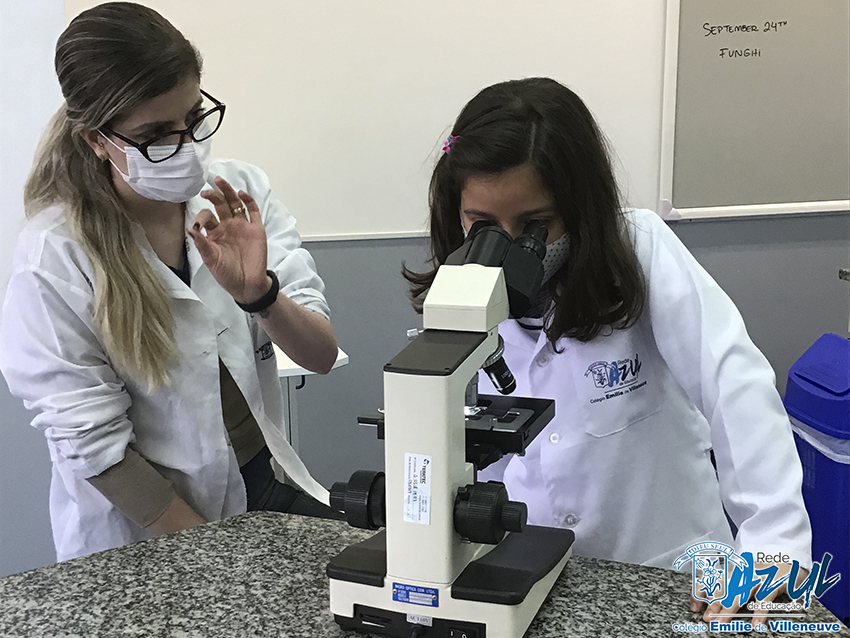

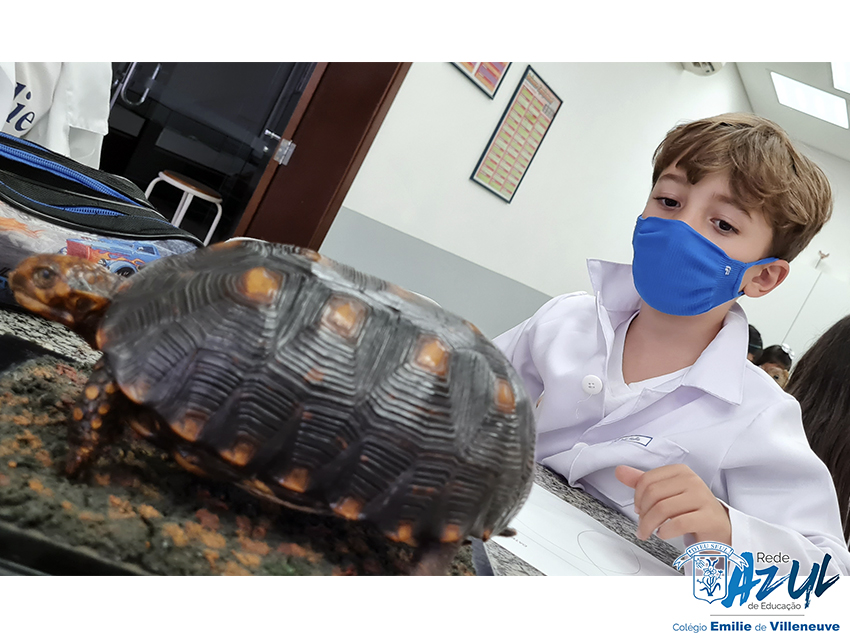

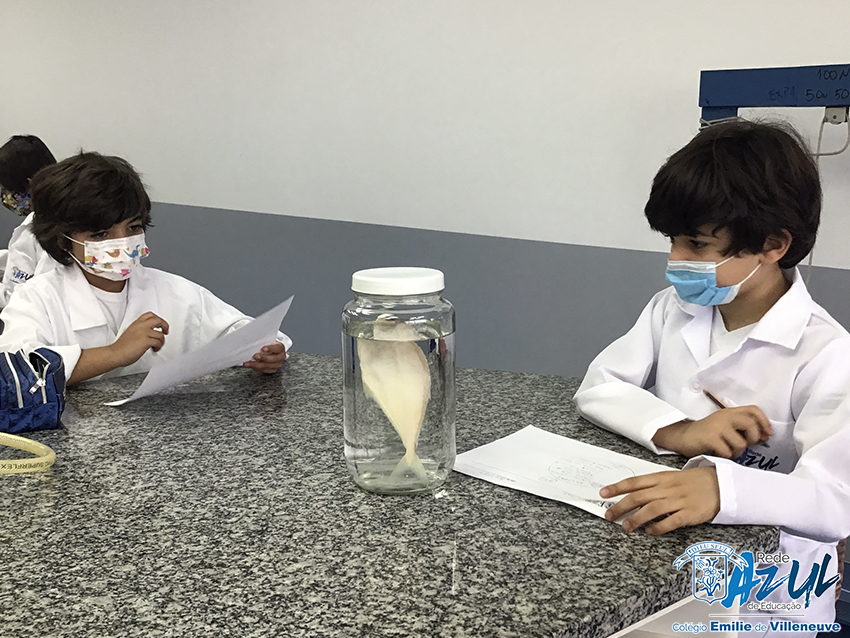

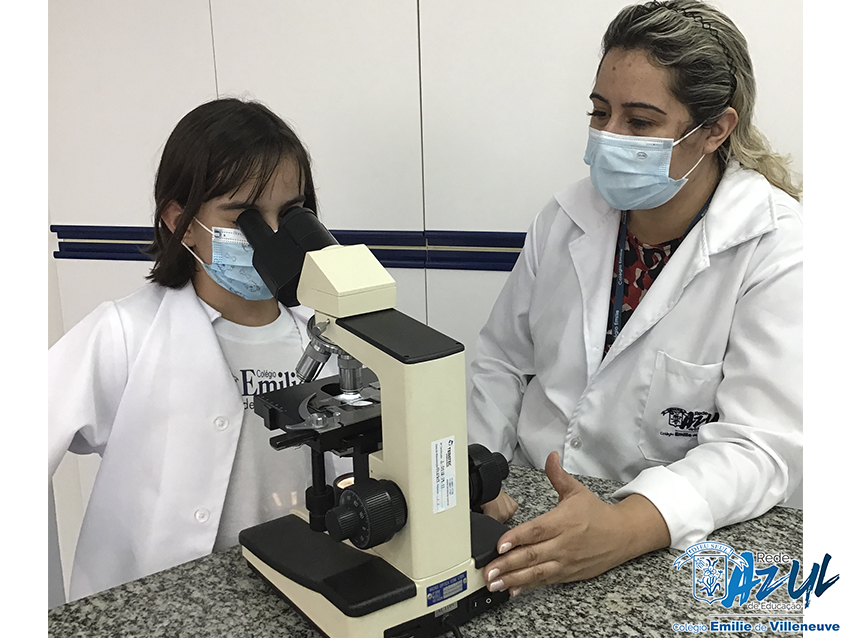

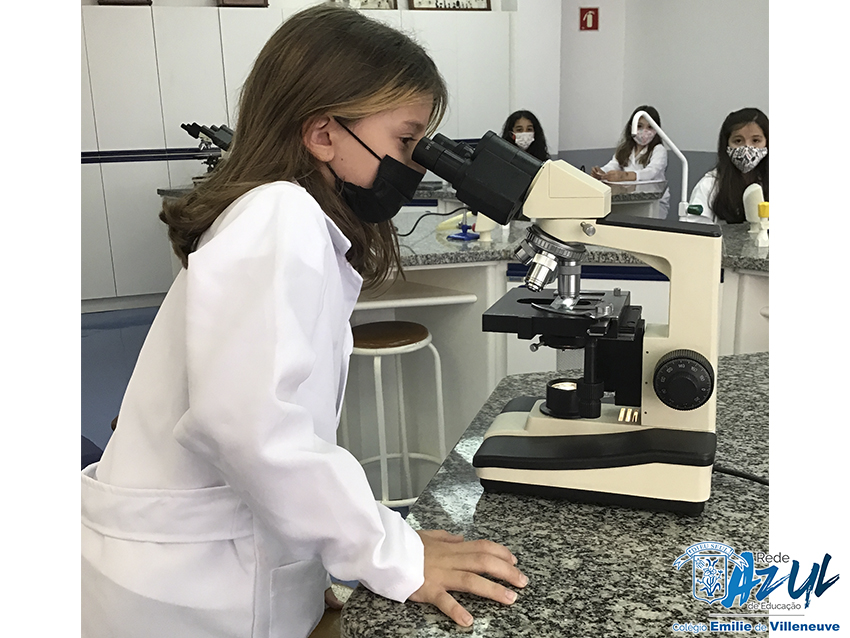

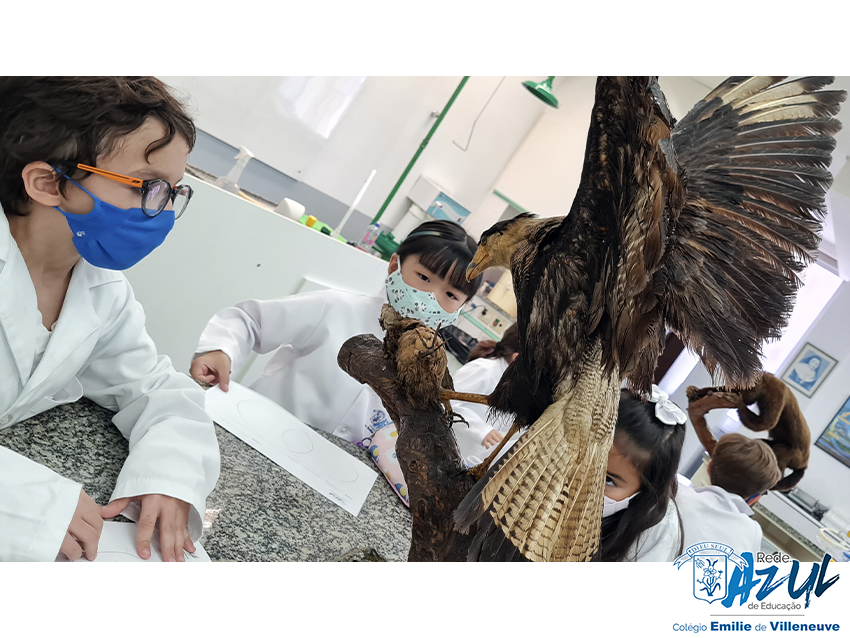

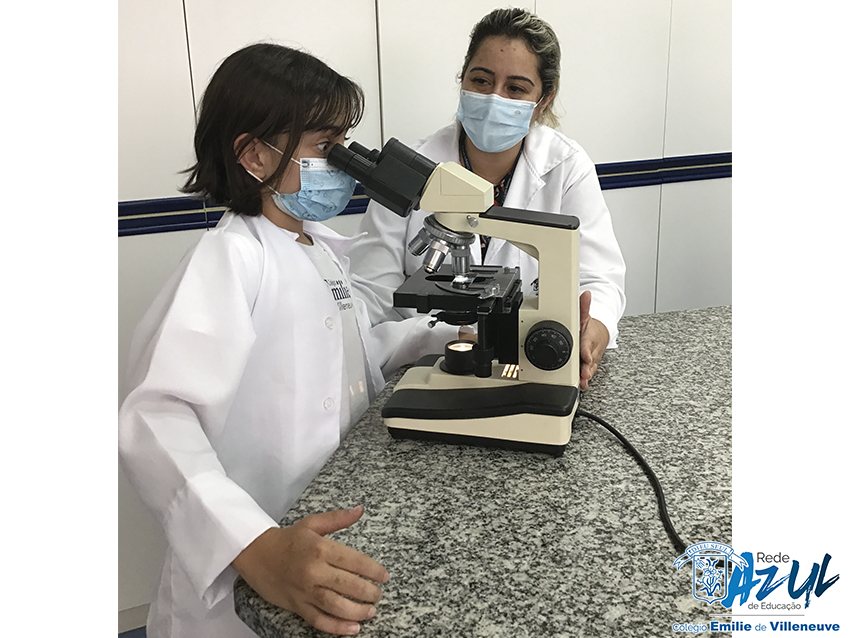

“A successful inquiry classroom begins and ends with the teacher working with students in inquiry”
Trevor mackenzie
When teachers aim to foster imaginative and creative learning, it is essential to engage students to investigate and explore topics through powerful questions and hands-on activities. As the inquiry approach is a key component of our lessons, our Grade 2 children were challenged to answer some essential questions such as:
In what ways can animal characteristics help them to survive?
How can such characteristics help it to survive in this specific environment?
What makes you say that?
Our little scientists went to the Science Lab to deepen their understanding about some categories of living things: animals, plants, fungi and bacteria. By doing so, kids not only could make connections between their background knowledge and the new findings in a more complex and meaningful way, but also use the scientific method in its most effective way: making science experiments!
It’s vital for kids to have a practical knowledge of the scientific method as it is the foundation of the scientific discoveries. Furthermore, it enables students to problem solve and better understand observable natural phenomena present in their surroundings.
The inquiry learning approach involves a process of exploring the natural or physical world and it leads our student to ask more thought provoking questions to make new connections and discoveries.
*** *** ***
Uma sala de aula investigativa
“Uma sala de aula investigativa começa e termina com o professor trabalhando com os alunos em investigação”
Trevor Mackenzie
Quando os professores visam promover uma aprendizagem imaginativa e criativa, é essencial engajar os alunos a investigar e explorar assuntos através de perguntas poderosas e atividades práticas. Como a abordagem investigativa é um elemento fundamental em nossas propostas, nossas crianças do Grade 2 foram desafiadas a responder algumas perguntas essenciais, como:
De que maneira as características dos animais podem ajudá-los a sobreviver?
Como elas podem ajudá-los a sobreviver neste ambiente específico?
O que te leva a dizer isso?
Nossos pequenos cientistas foram ao Laboratório de Ciências para aprofundar sua compreensão sobre algumas categorias de seres vivos: animais, plantas, fungos e bactérias. Assim, as crianças puderam não apenas fazer conexões entre os seus conhecimentos prévios e as novas descobertas de uma forma mais complexa e significativa, mas também utilizar o método científico em sua forma mais efetiva: fazendo experiências científicas.
É vital para as crianças ter um conhecimento prático do método científico porque ele é a base de toda a descoberta científica e das aulas de ciências. Além disso, ele possibilita aos alunos realizar a resolução de problemas com estratégias próprias e a compreender melhor fenômenos naturais que podem observar no meio que os cerca.
A abordagem de aprendizagem investigativa envolve um processo de exploração do mundo natural ou físico, e isto leva nosso aluno a fazer mais perguntas provocantes, a fazer novas conexões e descobertas.
Ms. Camila Binha
Ms. Evelyn Mignella
Ms. Narelle Jardim
Grade 2

